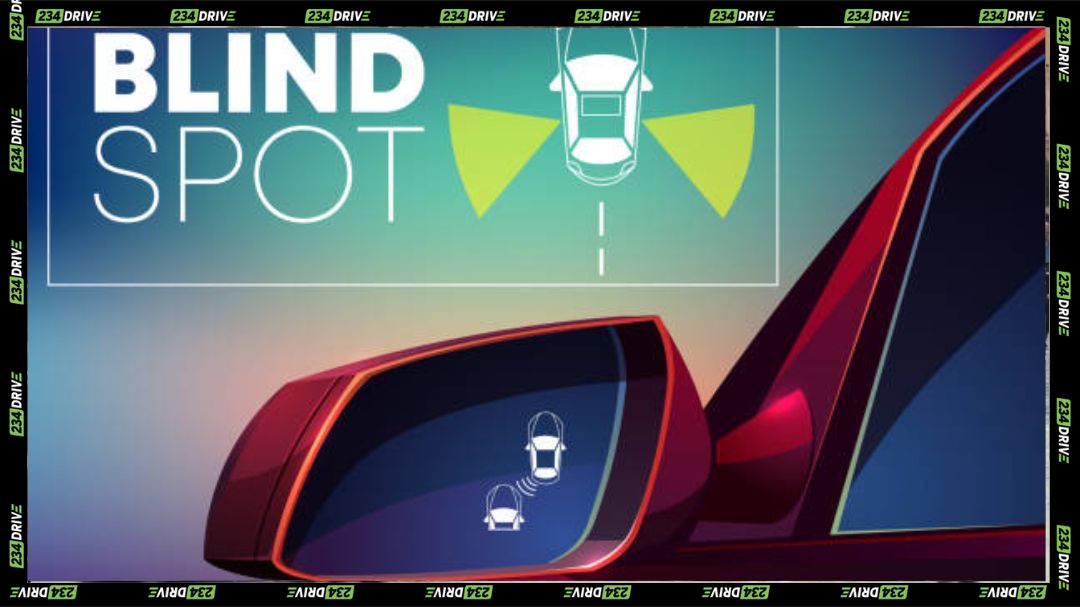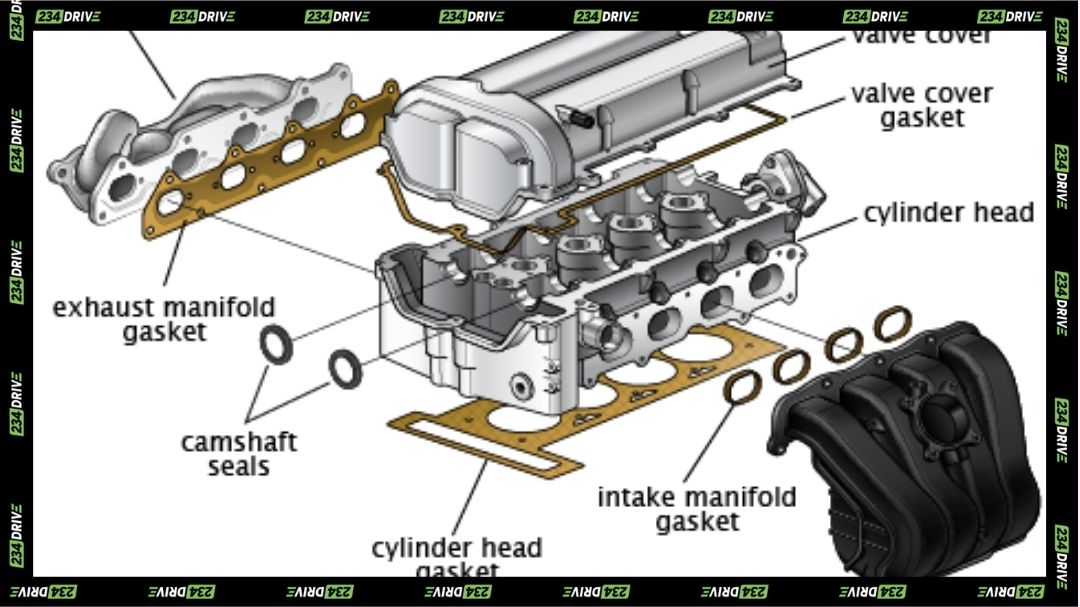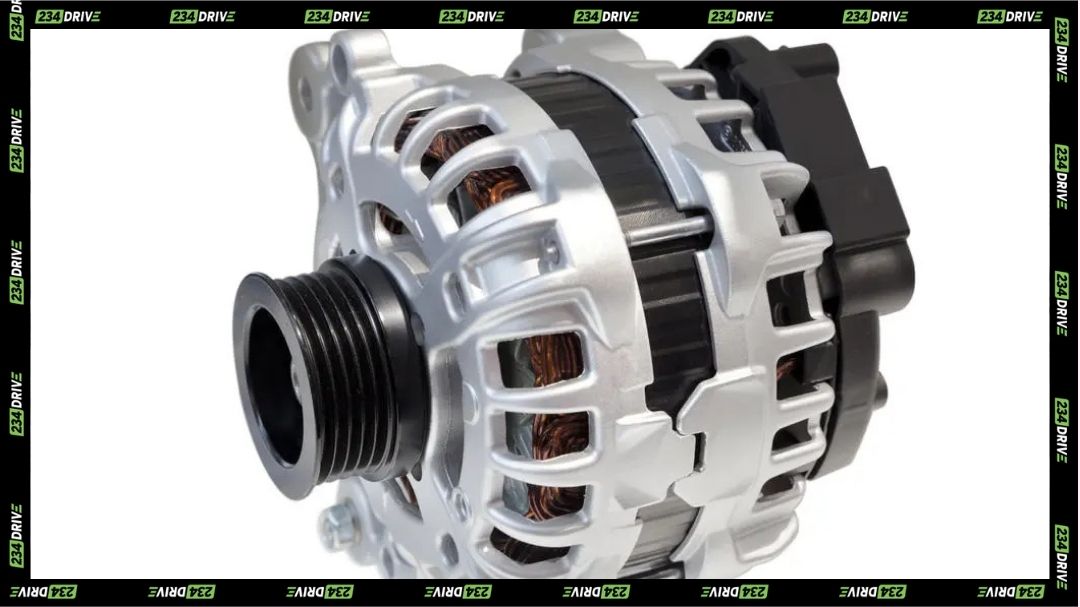Blind Spot Monitoring (BSM) is one of those modern car technologies that’s easy to underestimate until you realise how much safer it makes your daily drive. If you’ve ever tried to change lanes and been startled by a car you didn’t see, you already understand why it exists. In this article, we’ll break down what BSM means in cars, how it works, its advantages and limitations, and why it’s become a key part of modern vehicle safety systems.
What Does BSM Mean in a Car?
BSM stands for Blind Spot Monitoring. It’s a driver-assistance feature that uses sensors, cameras, or radar to detect vehicles in your blind spots, the areas just outside your peripheral view that side mirrors can’t fully cover. When another vehicle is detected, BSM alerts you through a light indicator on your side mirror, dashboard, or with an audible sound if you attempt to change lanes.

In short, BSM acts as an extra pair of eyes. It’s designed to prevent side-swipe collisions and improve driver awareness. But it’s not a replacement for physically checking your mirrors or looking over your shoulder, it’s a backup system that works alongside your instincts. Most modern cars use the term BSM, but manufacturers sometimes use different names for similar systems:
- Toyota and Mazda – Blind Spot Monitor (BSM)
- Volvo – BLIS (Blind Spot Information System)
- Mitsubishi – Blind Spot Warning (BSW)
- Ford – BLIS with Cross Traffic Alert
- Nissan and Infiniti – Blind Spot Intervention
Regardless of the name, the goal remains the same: keep you aware of what you can’t easily see.
How Blind Spot Monitoring Works
BSM uses a network of sensors typically mounted in the rear bumper or side mirrors to detect vehicles approaching or travelling in adjacent lanes. Some advanced systems use a combination of radar and cameras for higher precision.
Here’s a simplified breakdown:
- Detection: Sensors constantly scan areas beside and behind your vehicle, typically within a 3–5-metre range.
- Warning: When a vehicle enters this zone, a small light or icon illuminates on the corresponding side mirror or A-pillar.
- Action: If you activate your turn signal toward the detected vehicle, the system escalates the alert with a sound or vibration to warn you not to move.
- Assistance (in advanced systems): Some cars apply subtle steering or braking force to help you avoid a collision.
For instance, Mazda’s i-ACTIVSENSE suite uses radar-based sensors that monitor blind spots continuously, while Kia’s Blind-Spot View Monitor projects a live camera feed on your dashboard when you signal. These refinements make lane changes smoother and safer.
A Quick History of BSM
The concept of blind spot detection dates back to the 1990s. George Platzer, an American engineer, presented a paper in 1995 explaining how properly adjusted mirrors could reduce blind spots without technology. But as vehicles became larger and road conditions more complex, automakers began integrating electronic solutions.
The first production car with a blind spot camera was the Toyota Crown S150 (1995–1999). Then came Volvo’s BLIS system in 2003, using radar sensors first for mass production. Mazda followed with its CX-9 in 2008, while Ford introduced a similar system in 2010 after acquiring Volvo’s tech. By the mid-2010s, most luxury cars featured BSM; by 2025, it’s standard or optional across nearly all mid-range models.
The Real-World Benefits
Blind spots are a common cause of road accidents, especially during lane changes. According to data from the Insurance Institute for Highway Safety (IIHS), cars equipped with Blind Spot Monitoring experience:
- A 14% reduction in lane-change collisions
- A 23% drop in injuries related to those crashes
That’s not just statistics, it’s real safety improvement.
Key Benefits
- Fewer accidents: Early detection gives you more time to react.
- Reduced driver stress: Knowing your car helps you stay aware.
- Better highway confidence: Lane changes feel smoother and safer.
- Extra protection for families and new drivers: It supports those still building driving experience.
Drivers who spend time in heavy traffic or on multi-lane highways benefit most. The technology acts as a silent assistant, continuously scanning what your eyes might miss.
Limitations You Should Know
Despite its benefits, BSM isn’t perfect. Here’s what to keep in mind:
- False alerts: The system may detect roadside barriers, parked cars, or debris and trigger unnecessary warnings.
- Weather interference: Heavy rain, snow, or dirt on sensors can affect accuracy.
- Coverage range: BSM usually covers adjacent lanes only. It won’t detect vehicles two lanes away.
- Inactive in reverse: Most systems only work when driving forward.
Most importantly, it’s not a replacement for awareness. You should still check your mirrors and look over your shoulder before changing lanes. Over-reliance can cause complacency, and that’s when accidents happen.
Integration with Other Safety Systems
BSM is part of a broader family of Advanced Driver Assistance Systems (ADAS). It often integrates with:
- Rear Cross-Traffic Alert (RCTA): Warns of approaching traffic when reversing.
- Lane Keep Assist (LKA): Keeps you centred in your lane.
- Adaptive Cruise Control (ACC): Maintains a safe distance from vehicles ahead.
- Forward Collision Warning (FCW): Alerts of potential frontal impacts.
For example, Nissan’s Blind Spot Intervention not only alerts you but also applies corrective steering if you start merging into another car. Similarly, Mazda’s BSM with RCTA forms a cohesive 360-degree awareness system.
Popular 2025 Cars That Feature BSM
Let’s look at a few 2025 models where BSM shines:
- 2025 Kia K4: Features a Blind-Spot View Monitor that displays live video on the dashboard whenever you signal, improving visibility dramatically
- 2025 Mazda CX-30: Comes standard with radar-based BSM integrated into i-ACTIVSENSE®, giving mirror alerts and audible warnings.
- 2025 Hyundai Ioniq 6: Includes BSM as part of its advanced driver safety package, contributing to its IIHS Top Safety Pick+ rating.
- 2025 Infiniti QX80: Adds Blind Spot Warning and Intervention with gentle steering feedback when you drift toward another car.
BSM vs BLIS vs BSW: What’s the Difference?
Though names differ, the core technology is similar:
- BSM (Blind Spot Monitoring): Generic term used by Toyota, Mazda, and many brands.
- BLIS (Blind Spot Information System): Volvo’s proprietary version using radar and camera input.
- BSW (Blind Spot Warning): Mitsubishi’s naming, focusing on audio-visual alerts.
All these systems serve the same function helping drivers stay aware of vehicles beside them.
The Future of Blind Spot Monitoring
By 2025, Blind Spot Monitoring has evolved from a luxury add-on to a mainstream safety standard. As cars move toward full autonomy, BSM technology will likely merge with 360-degree vision systems and AI-based object detection, improving precision even further.
Upcoming models may feature:
- AI-powered prediction: Identifying not just vehicles but cyclists and pedestrians.
- Augmented reality displays: Overlaying blind spot data on windshields.
- Vehicle-to-vehicle communication: Cars sharing sensor data to predict motion.
Manufacturers are already experimenting with sensor fusion, where radar, lidar, and cameras combine data for near-perfect awareness.
Conclusion
BSM significance in cars extends beyond a simple alert; it represents how technology enhances human judgment on the road. It reduces blind spot-related crashes, boosts driver confidence, and brings us closer to fully intelligent driving systems. But like every tool, it’s most effective when paired with attention and good driving habits.
Next time that small orange light flashes on your side mirror, remember it’s not just a warning; it’s your car watching your back.









